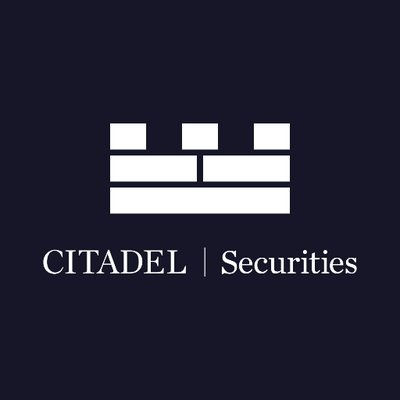
Citadel behavioral interview template — Product Designer (Engineering), Chicago
This behavioral round evaluates how a Product Designer operating within Citadel’s engineering org drives measurable outcomes for mission‑critical, data‑dense internal products (e.g., tools for traders, researchers, risk, and operations) in a high‑stakes, fast‑feedback environment. Expect a rigorous, evidence‑based conversation centered on ownership, decision quality, speed with precision, and collaboration with quantitatively minded partners. Format and flow (typical): - 60 minutes with 1–2 interviewers (often a design lead and/or an engineering/PM partner). Brief introductions, then a deep dive into 1–2 consequential projects, followed by targeted behavioral scenarios and time for your questions. - Interviewers “peel the onion”: repeated follow‑ups to uncover your exact role, constraints, metrics, and trade‑offs. You’ll be asked to quantify impact and explain causal reasoning behind design decisions. What’s assessed (Citadel‑specific focus areas): - Extreme ownership and impact: How you set goals, define success metrics, and deliver material business outcomes under time pressure; how you course‑correct when signals change intraday. - Rigor and data fluency: Comfort translating trader/researcher needs into hypotheses, instrumentation, and experiment design (A/B, counterfactuals), and using telemetry to validate decisions. - Speed vs. safety: Judgment around shipping increments for mission‑critical workflows while managing risk, compliance, and reliability expectations. - Partnering with quants/engineers: Ability to align with trading, quant research, and platform teams; negotiating constraints like latency, information density, and model explainability. - Resilience and feedback: How you absorb direct feedback, handle disagreement, and raise the bar through retrospectives and iteration. - Ethics and controls: Decision‑making when usability goals intersect with compliance, data confidentiality, or market‑abuse controls. Common prompts you should be ready for: - “Walk me through a time you redesigned a high‑information‑density tool for expert users. How did you decide what to surface, and what measurable change did you drive?” - “Describe a moment you disagreed with a trader/PM/quant on a design or priority. How did you resolve it and what was the outcome?” - “Tell me about a time you shipped under severe time constraints. What corners did you not cut? How did you mitigate risk?” - “Give an example of a metric moving the wrong way after launch. What did you do in the first 48 hours?” - “When have you balanced user speed against regulatory or control requirements? What principle guided the trade‑off?” - “Share a post‑incident or post‑mortem you led. What changed in your design or process as a result?” What strong answers look like: - Specifics over generalities: exact stakeholders, numbers (e.g., decision latency −35%, error rate −18%, adoption +22%), and your personal contributions. - Clear problem framing, explicit assumptions, and alternatives you rejected with reasons. - Evidence of partnering deeply with engineering/quant teams and thoughtful handling of constraints (performance, data sensitivity, model transparency). - Reflection on what you’d do differently, demonstrating learning velocity and intellectual honesty. Candidate prep tips: - Select 1–2 projects where you owned outcomes end‑to‑end and can discuss metrics, telemetry, and iteration under pressure. - Be ready with artifacts (screens, flows, dashboards) to reference if asked; the focus remains on decisions and impact rather than visuals. - Use structured storytelling (Situation → Goal/Constraints → Options/Trade‑offs → Decision/Rationale → Results/Metrics → Lessons).
60 minutes
Practice with our AI-powered interview system to improve your skills.
About This Interview
Interview Type
BEHAVIOURAL
Difficulty Level
4/5
Interview Tips
• Research the company thoroughly
• Practice common questions
• Prepare your STAR method responses
• Dress appropriately for the role